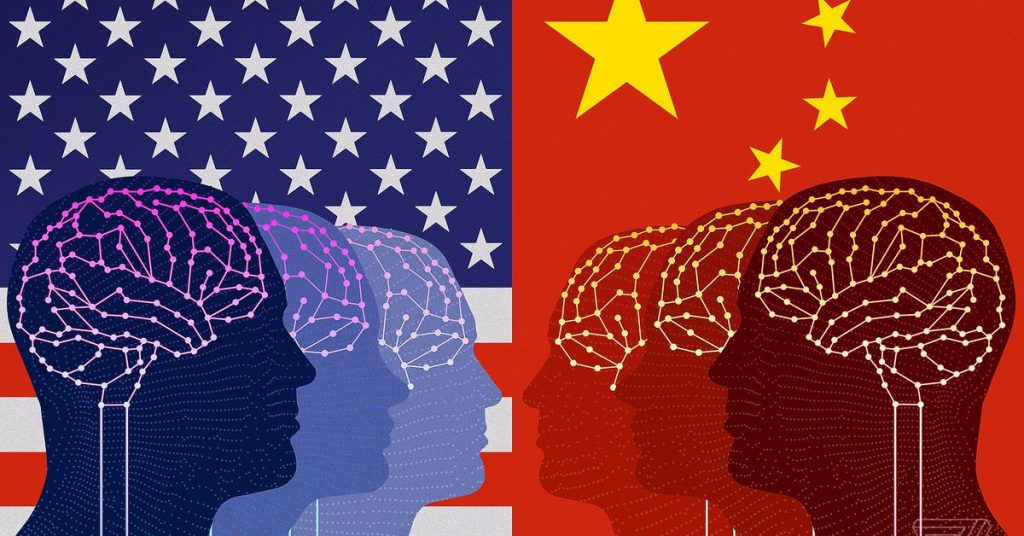
Artificial intelligence has the potential to transform many industries: Cars that drive themselves, facial recognition that enhances security, or systems that could detect cancer better than a doctor.
In July 2017, China’s government published an ambitious policy paper, outlining how the country would become the world leader in AI by the year 2030. But by some measures China has already succeeded in this goal — a decade ahead of schedule.
China’s Development Plan
A new study shows that China’s output of influential AI research papers will soon overtake that of the US, the world’s current number one in AI research. The finding suggests that China’s plan to expand its AI capabilities with the help of generous government investment in both educational facilities and private industry is paying off.
The plan is broken up into three benchmarks: Keep pace with AI technologies by 2020, achieve AI breakthroughs by 2025, and to actually be the world leader in AI by 2030.
In 2017, Chinese venture capital investors poured record sums of money into AI — making up 48 percent of all AI venture funding globally. Chinese start-ups raised $4.9 billion in 2017 made up of just 19 investments, while their U.S. counterparts raised $4.4 billion from 155 investments.
Chinese President Xi Jinping has said he wants his country to become a world leader in artificial intelligence technologies by 2030, building a domestic industry that could be worth about $150 billion.
Competitive Edge
Artificial intelligence technologies are expected to have a broad range of applications, including underpinning predictive online searches, self-driving cars and algorithms that can pick out military targets to strike.
While the U.S. has been a world leader in research and development, spending $497 billion in 2015, China has boosted spending by 200 percent between 2000 and 2015 and is on track to surpass the U.S. in research investment by the end of 2018, the report said.
The Pentagon’s Defense Advanced Research Projects Agency, or DARPA, has said it plans to invest about $2 billion to bolster American leadership in the area, including research into so-called third-wave technologies that will make it possible for computers to adapt to changing situations, as opposed to following pre-set rules.
Experts suggest the Trump administration should build on the work done by the Obama administration, which produced three reports in 2016 assessing U.S. efforts in artificial intelligence, and included recommendations on policy questions to consider as well as laws that may be needed to aid development.
Last month, President Trump signed an executive order intended to spur investment in AI, but the order was vague, with few concrete goals, and included zero new funding for research. Other countries’ national AI strategies have included government investment ranging from $20 million (in Australia and Denmark) to nearly $2 billion (in South Korea).
More importantly, Trump’s initiative failed to address what many see as the biggest challenge in the field: attracting global talent. The number of top-flight AI researchers is limited, and the current US approach to immigration is the opposite of what’s needed.









